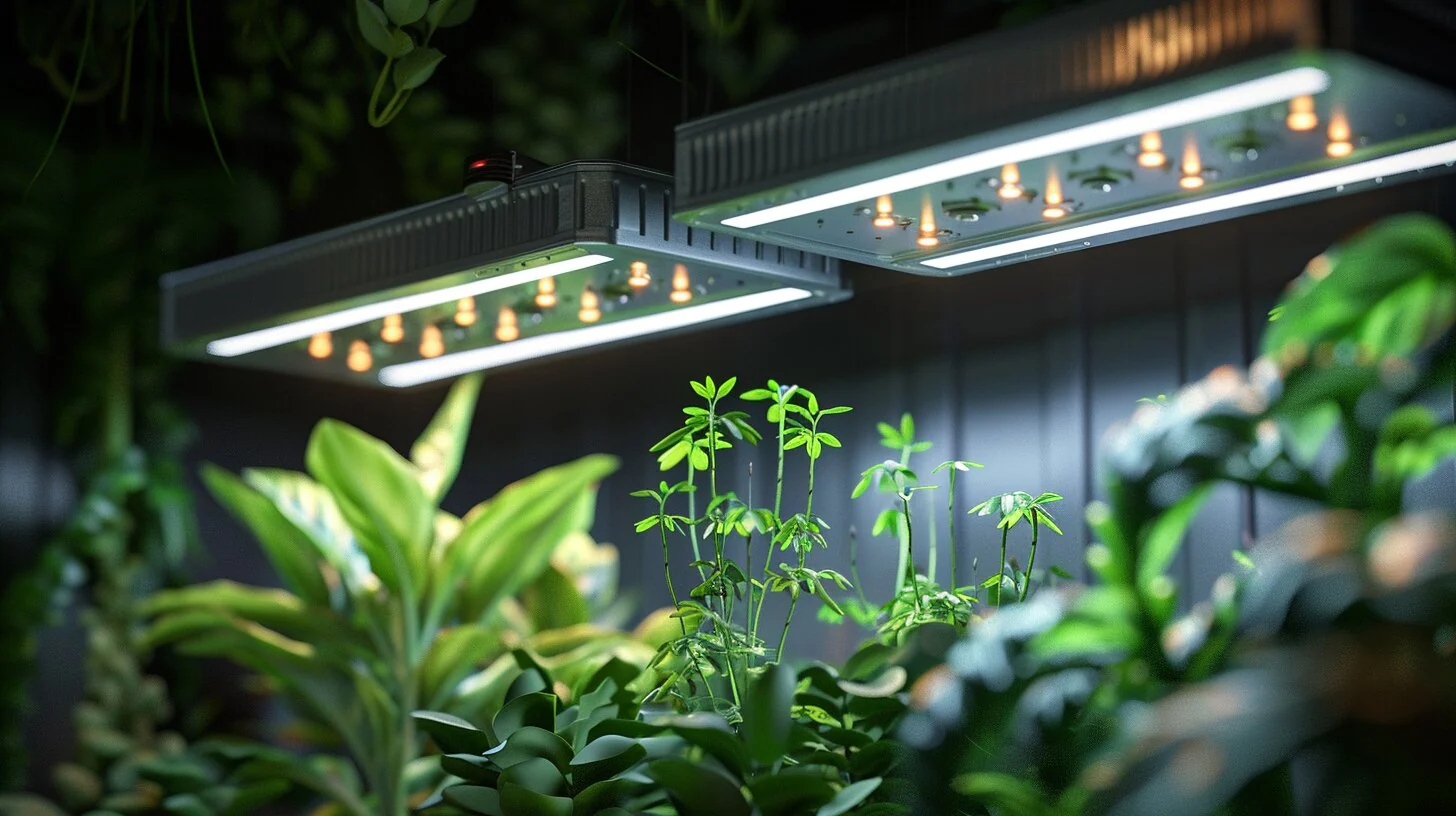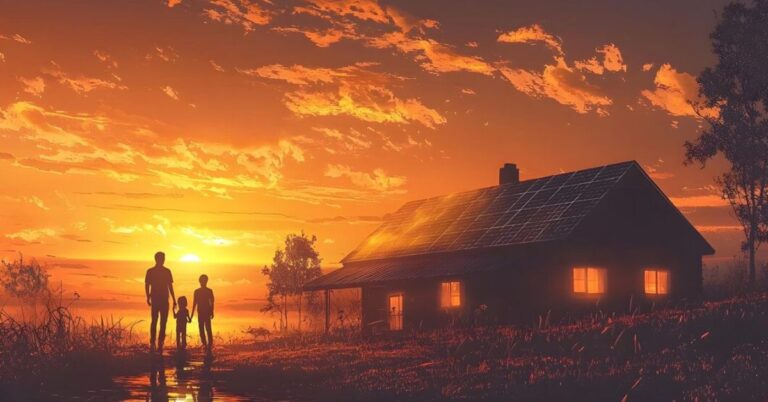Lighting for Hydroponics: Choosing the Best Grow Lights for Your Indoor Garden
Imagine having a thriving indoor garden, with vibrant plants growing year-round, regardless of the weather outside. Sounds amazing, right? Whether you’re a beginner or an experienced hydroponic gardener, one of the most critical components for success is choosing the right grow lights. Without proper lighting, even the best hydroponic setup won’t deliver the results you’re hoping for.
In this guide, we’ll walk you through everything you need to know about grow lights—from the types available to how to pick the perfect one for your space and plants. Let’s dive in!
Why Is Lighting Important for Hydroponics?
Lighting in hydroponic gardening isn’t just about illuminating your plants—it’s their primary energy source. Plants need light for photosynthesis, which is the process that fuels their growth. In a soil-based outdoor garden, plants get their light from the sun. But in your indoor hydroponic setup, it’s up to you to provide a substitute that mimics the sun’s spectrum as closely as possible.
Take my friend Sarah, for example. She started her hydroponic herb garden a few months ago. At first, her basil and cilantro grew well, but they quickly started to wilt, and growth slowed. The culprit? Insufficient light. After upgrading her grow lights, her herbs bounced back in no time.
Types of Hydroponic Grow Lights
Before you rush out and buy the first grow light you see, let’s break down the most common types. Each has its own pros and cons, and understanding these will help you make the best choice for your garden.
1. Fluorescent Lights (CFLs & T5s)
Fluorescent lights are a popular choice for beginners due to their low cost and energy efficiency. They produce a cooler light, which makes them ideal for seedlings or plants that don’t require intense lighting.
- Best for: Small indoor gardens, seedlings, herbs.
- Pros: Affordable, energy-efficient, easy to set up.
- Cons: Not as powerful as other options for flowering plants or larger setups.
2. LED Grow Lights
LEDs are the gold standard in hydroponic lighting today. They are incredibly energy-efficient, provide a full spectrum of light, and last for many years. They can also be customized for specific plants and growth stages, making them a favorite for serious gardeners.
- Best for: All stages of plant growth, including flowering and fruiting.
- Pros: Long-lasting, customizable light spectrum, energy-efficient.
- Cons: Higher upfront cost compared to other options.
Take a cue from Sarah’s story again—after switching to LED lights, her plants thrived, and her energy bills didn’t skyrocket, which was an added bonus!
3. High-Intensity Discharge (HID) Lights
HID lights, including Metal Halide (MH) and High-Pressure Sodium (HPS), are often used in commercial or large-scale hydroponic setups. They deliver a powerful light that promotes fast plant growth but can generate a lot of heat.
- Best for: Larger gardens or plants that require intense light.
- Pros: High light intensity, promotes fast growth.
- Cons: Expensive to run, produces a lot of heat.
How to Choose the Right Grow Light for Your Indoor Garden
Now that we’ve covered the basics, how do you pick the best grow lights for your specific hydroponic garden? Here are a few things to consider:
1. What Are You Growing?
Different plants require different light intensities and spectrums. Leafy greens like lettuce and herbs need less intense light, while fruiting plants like tomatoes or peppers require stronger, more direct lighting.
2. Your Space
Do you have a small corner in your kitchen dedicated to your hydroponic garden, or are you taking over the garage with rows of plants? Fluorescents work well for small spaces, while larger spaces might benefit from LED or HID lights.
3. Budget
While LEDs are the most energy-efficient option in the long run, they tend to have a higher initial cost. If you’re just starting out, a more budget-friendly fluorescent light might be a good option until you’re ready to scale up.
4. Energy Consumption
Grow lights can impact your electricity bills. If you’re planning to run lights for several hours a day, energy-efficient options like LEDs could save you money over time.
Setting Up Your Grow Lights: Tips for Success
Once you’ve chosen your grow light, proper placement is key. Keep these tips in mind for optimal results:
- Distance from Plants: Keep the light close enough to provide adequate intensity but not so close that it burns your plants. LED lights, for example, should typically be 12-18 inches above the plants.
- Light Cycles: Different plants have different light cycle needs. Most plants require around 14-16 hours of light during the vegetative stage and 12 hours during the flowering stage.
- Reflection: Use reflective surfaces (like mylar) around your garden to maximize light exposure.
Conclusion:
Choosing the right grow light for your hydroponic garden can be a game-changer. Whether you’re growing leafy greens or flowering plants, the right lighting setup can mean the difference between a lackluster garden and a lush, productive one. So, take your time, consider your plants’ needs, and set your indoor garden up for success!







